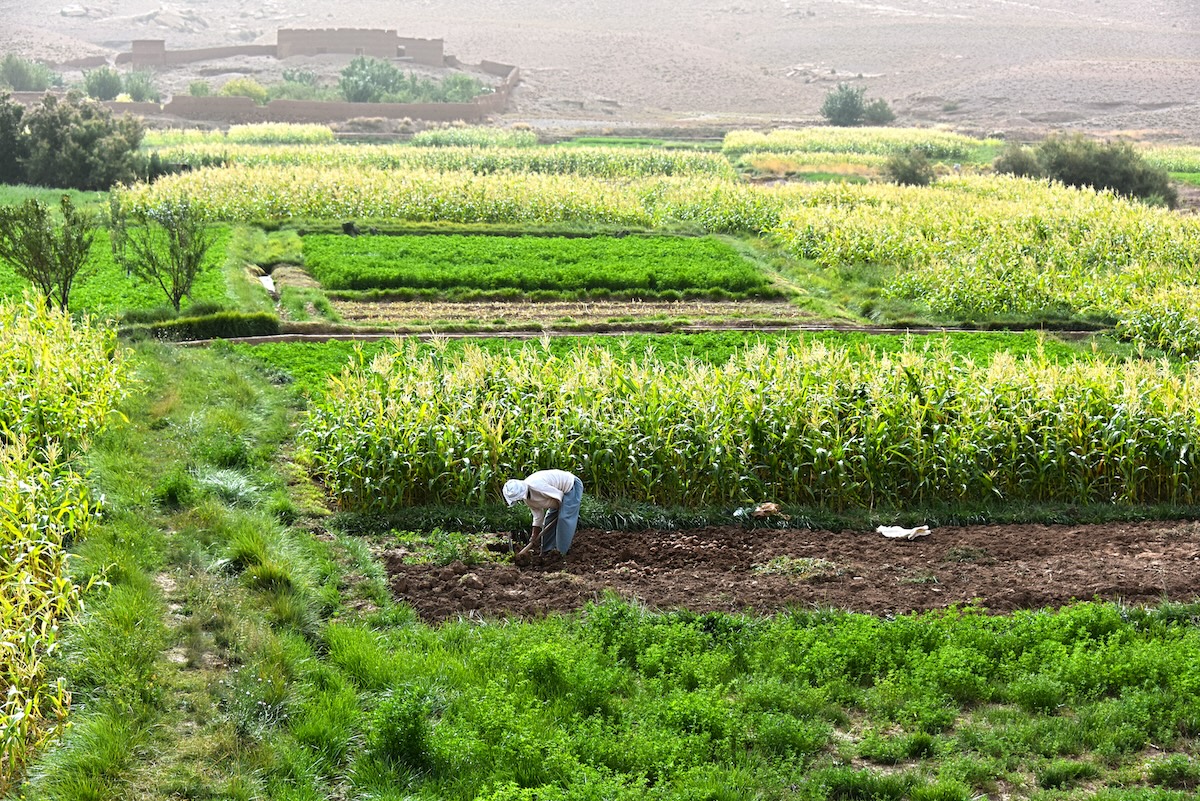Abstract
Circumstances were propitious for the establishment of the Indonesia-Australia Forest Carbon Partnership (IAFCP) in 2008, and remained favourable for a considerable period thereafter. IAFCP enjoyed a five-year time window in which it could have achieved some instructive outcomes, even if its formal targets were unrealistic. IAFCP would certainly have fallen victim to domestic politics in Australia had it been flourishing in late 2013; in fact, though, it struggled to make headway from the outset, was effectively liquidated in early 2013, and quietly petered out in mid- 2014. It achieved some creditable outcomes, some of which might prove durable, but delivered rather little for an expenditure of A$65 million. This represents a sizeable opportunity missed, owing mainly to the hollowing-out of IAFCP’s centrepiece, a large-scale REDD+ demonstration activity in the peatlands of Central Kalimantan—the Kalimantan Forests and Climate Partnership (KFCP).
This paper describes the truncated life of IAFCP in its political context and interrogates a number of possible reasons for its demise. It concludes the main culprit was neither political change nor mismanagement, but rather the failure of the project developer, the Australian government, to engage single-mindedly with the central thesis of REDD+: that the provision of proportional financial incentives to relevant actors can achieve sustained, costeffective reductions in land-based carbon emissions, thus creating the conditions for public and private investment in the production of internationally tradeable REDD+ credits. Under a more effective KFCP, performance-based payments for measures to protect and rehabilitate peatlands, tied to rough, proxy indicators for emission reduction, would have been provided as early as possible to both communities and sub-national government agencies. ‘Livelihoods’ assistance would have been squarely situated as an investment in emission reduction, or else as a performance dividend, rather than as a complementary, confidence-building benefit stream. Scientific work on biomass estimation and emission modelling in the KFCP project zone would have been conducted under the aegis of, and would have been more central to, IAFCP’s program of support for Indonesia’s national carbon accounting system. Moreover, this work would have proceeded in parallel with performance-based financing for practical measures.
Unless it is established that financial incentives can actually operate effectively to counter the main drivers of deforestation in specific landscapes, at a plausibly estimated and affordable cost, it is unlikely that prospective public or private REDD+ investors will place funds at risk, no matter how well-developed are national systems for channelling finance or measuring emission reductions.
Rights & Permissions
You may use and disseminate CGD’s publications under these conditions.





